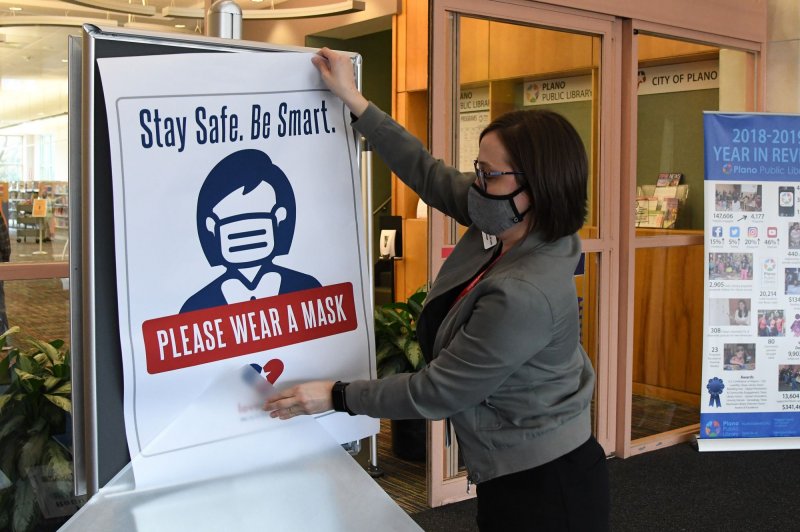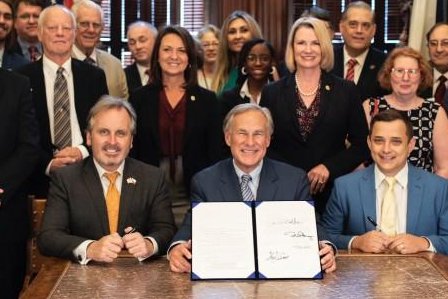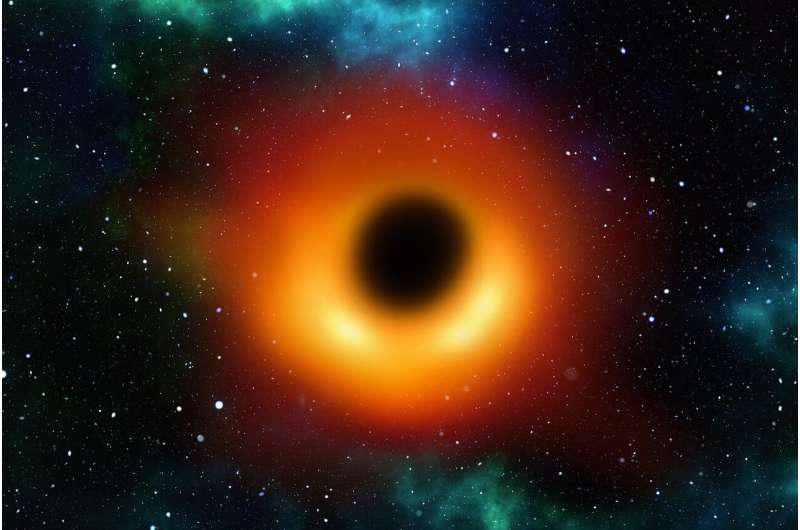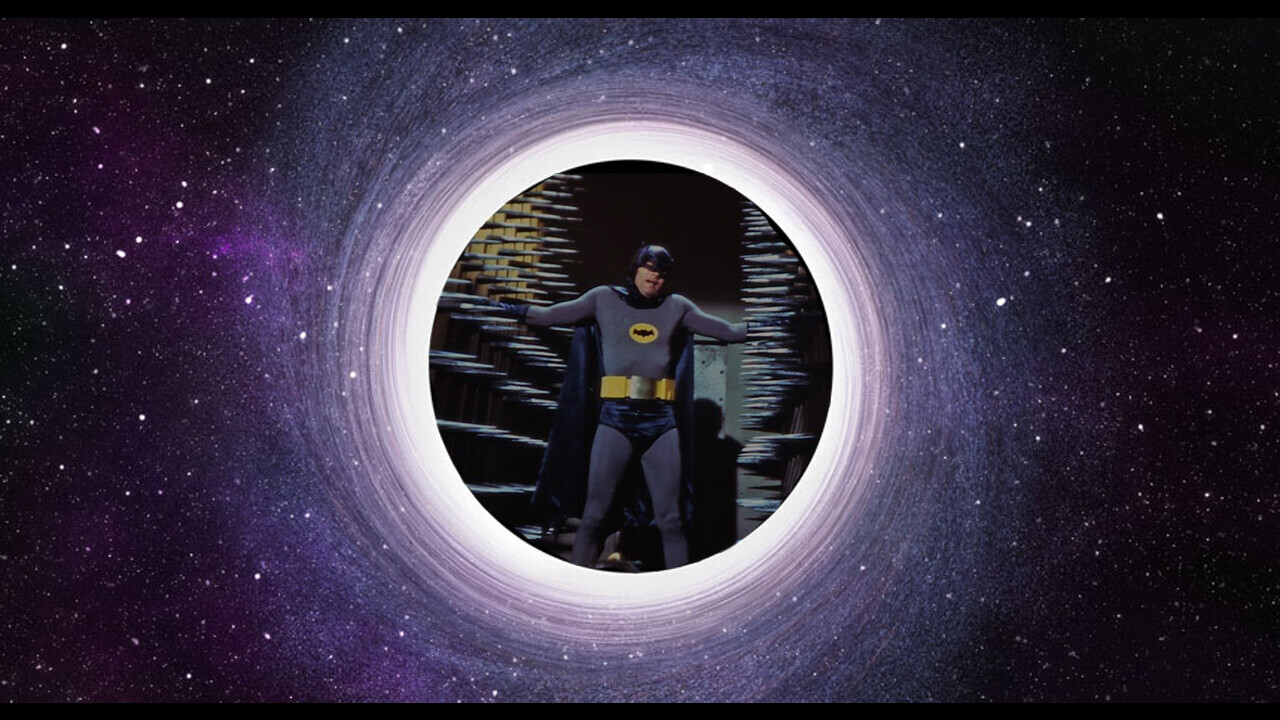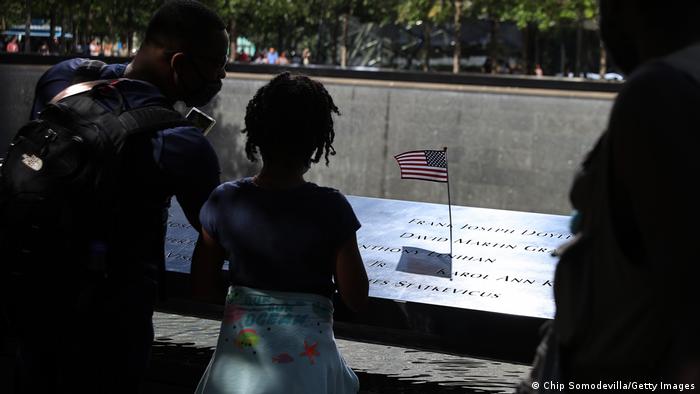By Zachary Rosenthal, AccuWeather

Flames engulf a small cabin during the Caldor fire near Lower Echo Lake, California, on August 30. California, Idaho, Nevada, Oregon and Utah all experienced their warmest meteorological summers of all time this year.
Sept. 10 (UPI) -- As the sweltering summer of 2021 draws to a close, the National Oceanic and Atmospheric Administration confirmed what you might have been thinking: This summer was an unusually hot one.
During meteorological summer, which occurs from June 1 to Sept. 1, the average temperature across the contiguous United States was 74.0 degrees Fahrenheit -- 2.6 degrees above average.
By an extremely narrow margin, the heat this summer exceeded the record heat that occurred during the "Dust Bowl" summer of 1936, when hot and dry conditions baked parts of the Midwest and Canadian Prairies and caused devastating impacts.
Summer 2021 broke records across the country, with 18.4% of the contiguous United States experiencing the warmest summer in recorded history. Five states -- California, Idaho, Nevada, Oregon and Utah -- all experienced their warmest meteorological summers of all time, with 16 other states experiencing one of their top-five hottest summers.
Many notable heat waves hit the country this summer, including a record-setting June heat wave in the Pacific Northwest that crumbled infrastructure in Portland, Ore.
Temperatures in Portland hit an unprecedented 116 degrees, a figure that cities like Atlanta, Washington, D.C., and Baltimore have never come close to hitting.
In Canada, the mercury reached an unbelievable 121 degrees in Lytton, British Columbia, which set a new record for the highest temperature ever recorded in the country. Just a few days later, a wildfire engulfed nearly 90 of Lytton, with days of hot and dry conditions turning the area into a tinderbox.
A second heat wave torched the Pacific Northwest in August, with temperatures 15 to 25 degrees above normal. Temperatures in Portland hit 102, while Bellingham, Wash., broke its all-time heat record by hitting 100.
In the Northeast, a June heat wave brought multiple 90-degree days to urban areas like Philadelphia, New York and Boston. Multiple heat waves ended up targeting parts of the Midwest and Northeast, with Minneapolis experiencing a nine-day stretch of days above 90 degrees in early June and Washington, D.C., enduring a seven-day stretch of 90-degree weather in July.
While the weather this summer was certainly hot, it is still tough to compare it to the Dust Bowl summer of 1936, which brought the combination of brutal heat, drought, biblical dust storms and vast insect infestations, all of which came together to destroy crops and make life miserable for many Americans.
RELATED Farmers in Canada report massive crop damage in heat wave
From June 19 to Aug. 21, some parts of the country recorded a temperature at or above 100 degrees, excluding weather stations in deserts like Death Valley.
From June through August 1934, Fort Smith, Ark., experienced 53 days with a daily high temperature of 100 degrees or higher, roughly quadruple the average number of days the temperature tops out at 100 there. Topeka, Kan., endured 47 days with 100-degree readings, also about four times its average, and Oklahoma City recorded 45 days at 100, about seven times more than normal.
Meanwhile, Columbia, Mo., recorded 34 100-degree days that year, close to triple what it ordinarily experiences. Making matters worse, there was no air conditioning at the time.
Dust filled the skies from the Midwest all the way to the Eastern Seaboard, causing conditions so blinding that trains would accidentally miss their stops. Doors and windows had to be sealed shut to prevent dust from getting inside homes. When too much dust settled in attics, ceilings were at risk of collapsing.
While the summer of 2021 was hot, it was more wet than dry and dusty across much of the country. Even as parts of the West continue to suffer from sweltering heat and dry conditions, the country had its eighth-wettest meteorological summer on record. Mississippi had its wettest summer of all time, and Alabama, Massachusetts, Michigan and New York had a summer that ranked among their five wettest.
